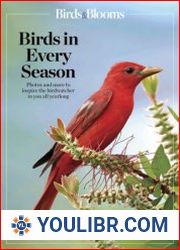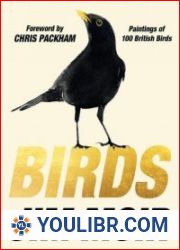
BOOKS - The Revolt of the Birds


US $8.93

877157

877157
The Revolt of the Birds
Author: Melville Davison Post
Format: PDF
File size: PDF 360 KB
Language: English
Format: PDF
File size: PDF 360 KB
Language: English
A complex novella of horror set in the China Sea, mixing together numerous settings, narrative voices, moods and motifs: premonitory dreams, human madness and depravity, time dilation, and the horror and wonder of nature (as exemplified here respectively by noxious insects and a miraculous rescue by birds. The novel could be classified as fantasy, science-fiction, mystery, horror. It also qualifies as social satire with its caustic commentary on the shifting mores of the and "jazz age and ". One of the major plot points in the story is the ill-advised decision by a rice plantation manager on an island in the East China Sea to poison the birds that were filching grains of rice; once the birds were gone there were no predators to keep the insects in check. They consequently overran the island, devouring all vegetation and besieging the one remaining human habitation, a missionary house occupied by a sinister Chinese manager, an old and dying missionary, and his daughter, the lovely woman seen in recurring dreams by the story's protagonist, Hudson. The author's prose style is a bit slack and could have used more physical detail. But his thematic and generic ambitiousness redeems it. The birds in this story do not revolt; they are systematically murdered. But the missionary's daughter continues to secretly feed them with clean rice from the roof of her house, and the birds develop a protective attitude towards her. They come to rescue her (and Hudson) later as the couple make their escape from the infested island in a rickety sampan lacking sails. The birds cling to the masts, extending their wings, forming a makeshift sail that catches just enough wind to carry them out to sea. But the present work is closer in spirit to W. H. Hudson's Green Mansions (1904). This work is a bit like that sampan: it's worth reading to get a sense of what a more conscientious or adventuresome novelist - or screenwriter - could do to add sails to the basic structure. Clareson, Science Fiction in America, #630. Locke, A Spectrum of Fantasy, vol. I, p. 177. Bleiler (1978), p. 160.













































